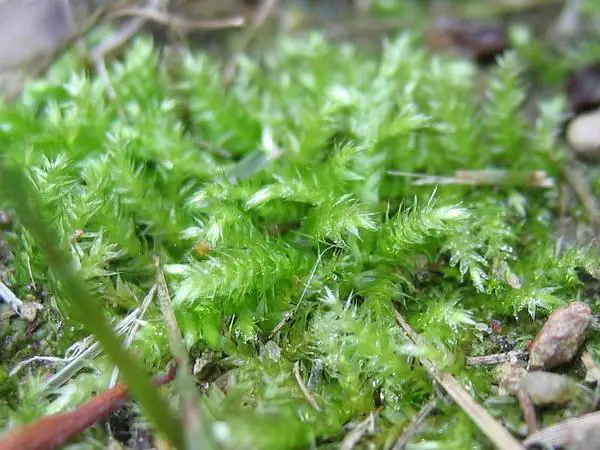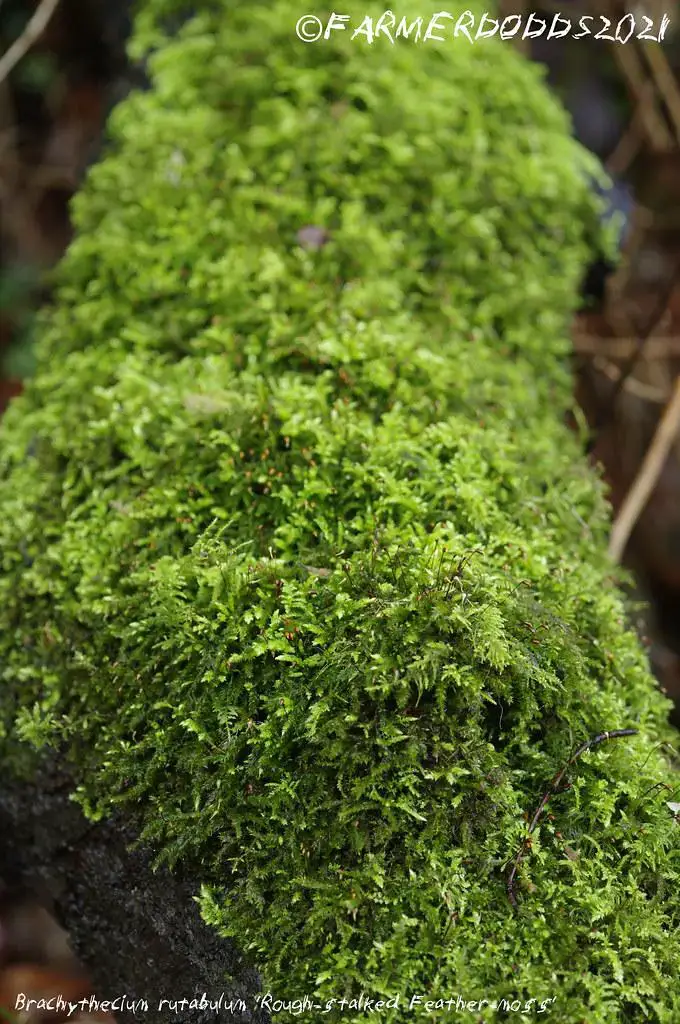
Brachythecium_rutabulum_600.jpeg from: https://sagebud.com/brachythecium-moss-brachythecium
Discovering the Fascinating World of Brachythecium papuense Ignatov Moss

50794050608_2420bc2f27_b.jpg from: https://www.flickr.com/photos/165806021@N05/50794050608/
Mosses are some of the most ancient and resilient plants on Earth, with over 12,000 species found across the globe. Today we’ll explore one particularly interesting species: Brachythecium papuense Ignatov, a moss in the Brachytheciaceae family, commonly known as Brachythecium.
Background on Brachythecium Mosses
The Brachytheciaceae family contains over 200 species of mosses found on every continent except Antarctica. Brachythecium mosses typically grow in mats or cushions on soil, rocks, tree trunks and logs. They play important ecological roles in their habitats.
Morphology and Identification
Brachythecium papuense Ignatov is a pleurocarpous moss, meaning its reproductive structures (sporophytes) grow on short side branches rather than at the tips of the main stems. Its stems are creeping to ascending, irregularly branched, and covered in small, ovate leaves. The leaves have a single costa (midrib) that extends 1/2 to 3/4 the length of the leaf.
One of the key identifying features of B. papuense is its papillose leaf cells. Papillae are small protuberances on the cell surface that give the leaves a slightly rough texture. Under a microscope, the leaf cells appear shortened and rhomboidal in shape.
Global Distribution and Habitat
As its name suggests, Brachythecium papuense was first described from collections in Papua New Guinea. However, it has since been recorded in several other countries in Southeast Asia and Oceania, including Indonesia, Malaysia, and Vanuatu.
This moss typically grows at elevations between 700-2,000 meters above sea level. It is found in montane forests, often on tree trunks, decaying logs, soil banks or rocks near streams and rivers.
Ecological Roles and Adaptations
Like many bryophytes, Brachythecium papuense plays several important roles in its ecosystem:
- Erosion control: Its mat-like growth helps stabilize soil and prevent erosion on slopes and streambanks.
- Water retention: The layered structure of a moss mat acts like a sponge, absorbing and slowly releasing moisture. This helps regulate stream flow and maintains humidity in the understory.
- Habitat for micro-organisms: The spaces between moss stems provide shelter for a diversity of tiny invertebrates, fungi and algae.
- Nutrient cycling: As mosses decompose, they release nutrients back into the soil for other plants.
Brachythecium papuense has several adaptations that allow it to thrive in humid, shady forests:
- Poikilohydry: Like all mosses, it can survive desiccation by suspending metabolic activity when moisture is scarce.
- Leaf surface: The papillose cells may help trap a film of water on the leaf surface for absorption.
- Rhizoids: These root-like filaments anchor the moss to its substrate and facilitate water and nutrient uptake.
Conclusion
Brachythecium papuense Ignatov is a prime example of how even the most inconspicuous organisms can have fascinating stories to tell. From its unique morphology to its ecological importance, this unassuming moss reminds us to appreciate the complexity and resilience of life in all its forms.
The next time you’re walking through a humid forest, take a closer look – you might just spot a patch of Brachythecium making its quiet but essential contribution to the ecosystem. What other secrets might these ancient plants be hiding?